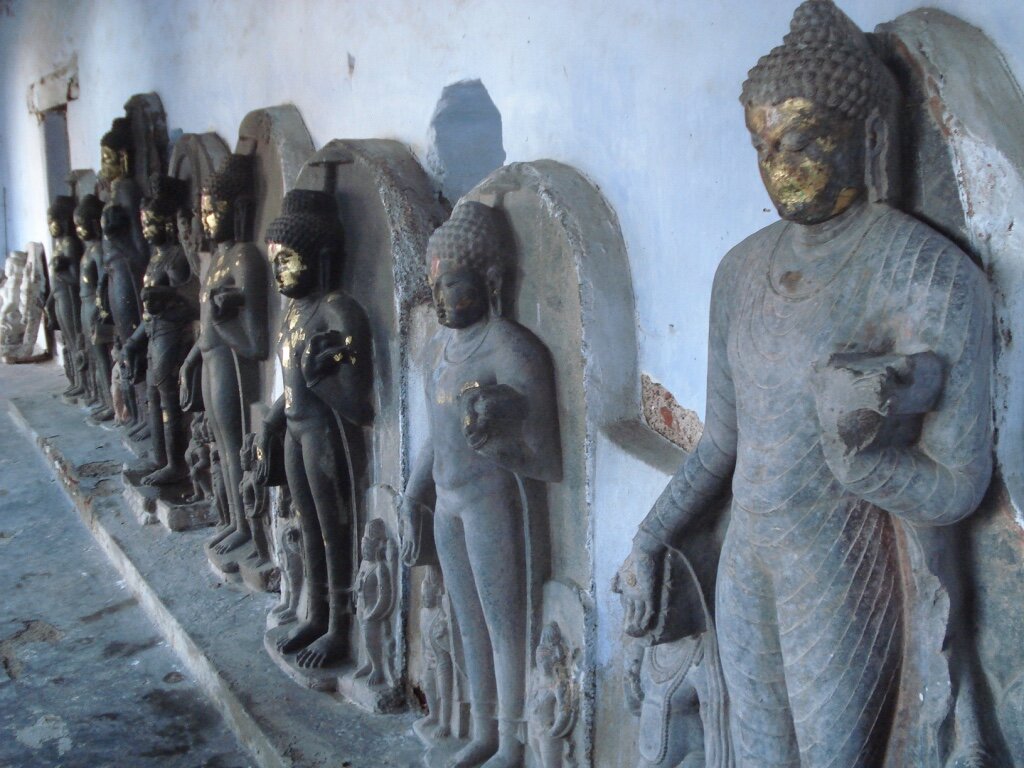
Buddhism and Heritage Diplomacy
Current Research

Within the context of new geopolitical alliances and emerging regional power bases in Asia, India’s Buddhist heritage occupies a highly strategic place in development agendas that speaks to a long history of cultural contact and interchange throughout the region.

In using the term “heritage diplomacy,” I draw inspiration from the recent work of Tim Winter (2015, 11) who defines it as “a set of processes whereby cultural and natural pasts shared between and across nations become subject to exchanges, collaborations and forms of cooperative governance.” Although there is clearly some overlap between notions of cultural and heritage diplomacy, as Winter suggests, the latter is a much more expansive term that goes beyond the projection of the nation-state bringing into focus bi- and multi-directional cultural flows and exchanges.

Given the enormous multi-lateral investments and rapid changes that are taking place at several Buddhist heritage sites in North India, this SSHRC Insight Development Grant seeks to address the following questions: How do India’s Buddhist heritage and sacred geography provide an important sphere of diplomacy, offering ways to renew religious memory and collective belonging forged across boundaries of polity and local language? How are historical and religious memory conjoined through pilgrimage and devotional offerings? And finally, how do these ritual practices intersect with national and international conservation laws such as those of UNESO World Heritage?